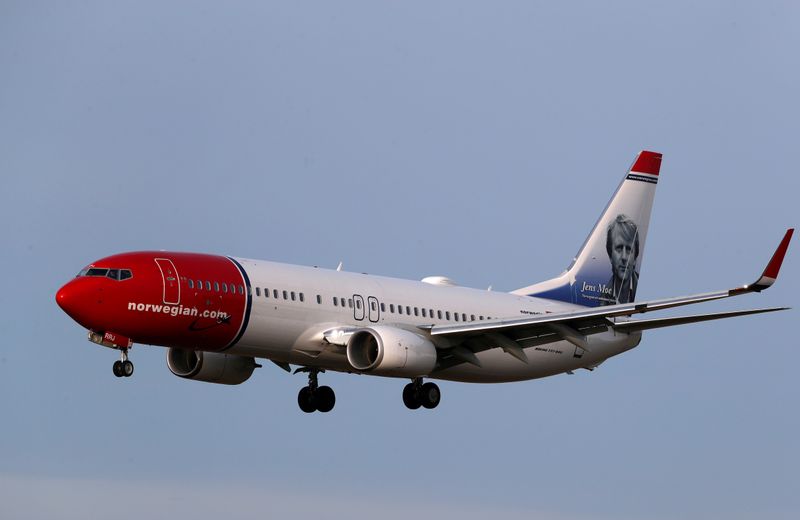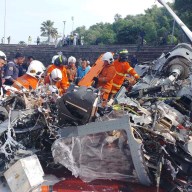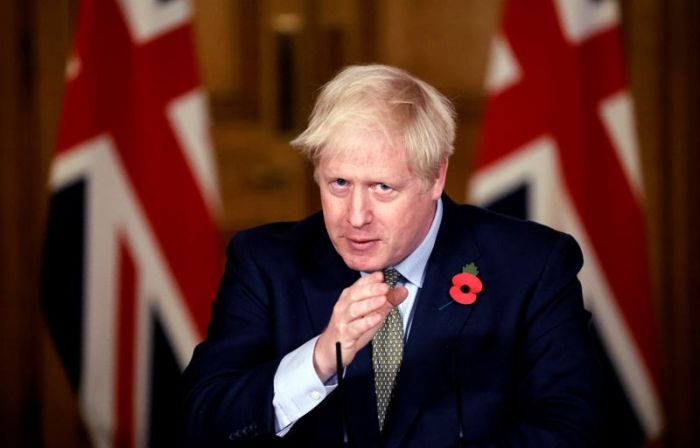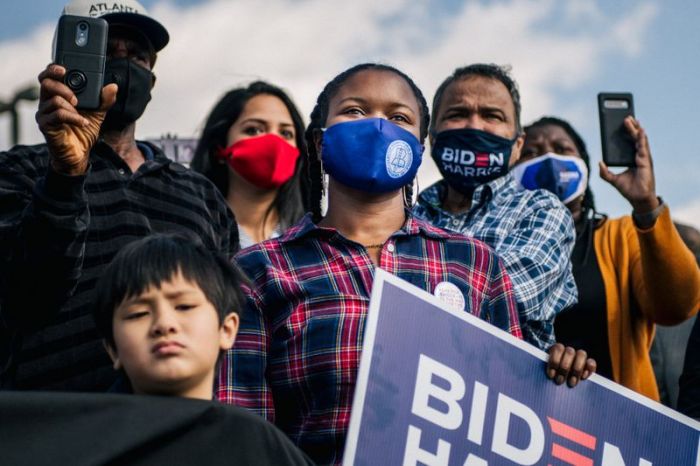OSLO (Reuters) – Pandemic-hit Norwegian Air <NORR.OL> faces a battle for survival this winter, it said on Monday after the country’s government declared that it will not provide additional financial support for the cash-strapped carrier.
Norwegian Air, which has been hit hard by the coronavirus crisis and has grounded most of its fleet, said in August that it would run out of cash in the first quarter of 2021 unless it could secure fresh funds and has held talks with the government in the hope of winning support.
“That the government has decided to reject the request for funds is disappointing and feels like a punch in the gut for everyone at Norwegian,” Chief Executive Jacob Schram said.
“The company and the board will turn every stone to get through this situation,” Schram said, adding the carrier was not out of cash yet.
Asked whether the company was at risk of bankruptcy, Schram said he would not rule out any potential outcomes.
“But we need ventilator support to get through the winter,” he added.
Norwegian’s shares closed down 13.2%, extending this year’s price plunge to 98.5%.
In an update after the market closed, Norwegian announced it was furloughing an extra 1,600 staff, leaving 600 people still working at the airline, and would park 15 of the 21 aircraft it had in operation in recent months.
The airline would only fly 12 routes, all domestic.
‘RISKY SUPPORT’
Favouring free enterprise, Norway’s centre-right coalition government has long ruled out any nationalisation of Norwegian or other carriers and in 2018 sold the state’s remaining 10% stake in rival SAS <SAS.ST>.
“It is a tough message to get. But we are answerable for the responsible use of public funds,” Industry Minister Iselin Nyboe said.
“Norwegian Air has a financial structure that makes it risky for us to go in with support. It was not defensible.”
A pioneer in low-fare transatlantic air travel, Norwegian Air’s rapid expansion left it with debt of close to $8 billion by mid-2020, making it vulnerable to the fallout from the COVID-19 pandemic.
The carrier has shown a great ability to overcome financial difficulties in the past, Transport Minister Knut Arild Hareide said.
“I don’t want to speculate on their ability to do so,” Hareide said when asked about Norwegian’s chances of staying in operation.
Parat, a labour union for pilots and other aviation industry workers, called on the government to reconsider.
“Wideroe, SAS and Norwegian must get help to weather the crisis,” said Parat leader Unn Kristin Olsen. Wideroe is a regional airline.
Creditors and lessors took control of Norwegian in May with a financial rescue that allowed it to access state-guaranteed loans of 3 billion crowns ($329 million) as the company sought to operate a slimmed-down service.
Norwegian has grounded more than 100 grounded aircraft, including its entire fleet of 37 Boeing 787 Dreamliners used for transatlantic journeys.
‘NOT SURPRISING’
It was not surprising Oslo had withdrawn support after the failure of Norwegian’s bid to become a pan-European airline serving intercontinental markets, said Bertrand Grabowski, a former aviation banker who is now an independent adviser.
“You can perhaps use Norwegian taxpayers’ money to support a regional airline, but not one serving Paris-New York or London-Buenos Aires (routes),” he said.
Scandinavian carrier SAS is a major competitor in Norway, and Hungary’s Wizz Air <WIZZ.L> recently launched several services to Norwegian cities.
CRUCIAL INFRASTRUCTURE
Airlines are particularly crucial infrastructure in Norway, the geography of which stretches more than 2,200 km (1,367 miles) across fjords and mountains with few train lines to transport people.
Bernstein analyst Daniel Roeska said Wizz Air’s plans for new services in Norway may have deepened Oslo’s reluctance to “throw good money after bad”.
“Even if they had put in a bit more money for the winter, it likely wouldn’t have been enough,” he said, adding that a bankruptcy would leave aircraft lessors stuck with planes they won’t be able to place.
However, a last-minute government intervention shouldn’t be ruled out entirely, Roeska said, adding that “the door is never closed” until bankruptcy is confirmed.
The company has said that more funding could come from the sale of aircraft, conversion of more debt to equity or from its owners and the Norwegian government, while declining to specify the amount it might seek.
(Additional reporting by Nora Buli in Oslo; Tim Hepher and Laurence Frost in Paris; Editing by David Goodman and Keith Weir)



















